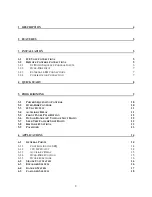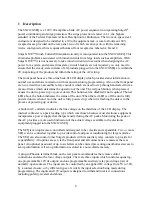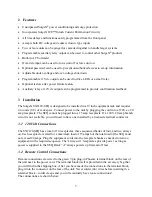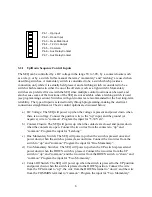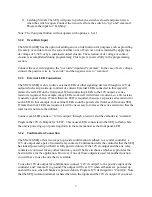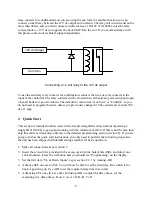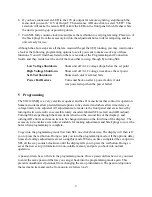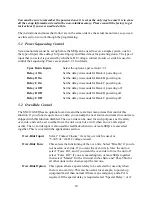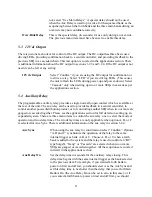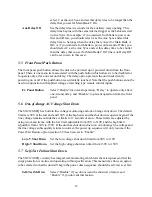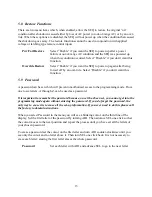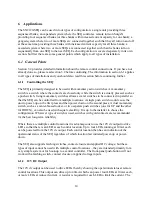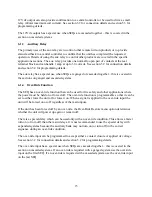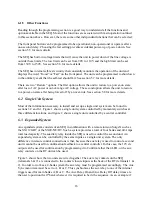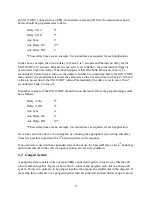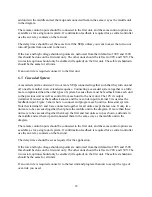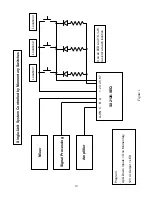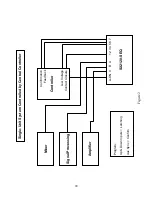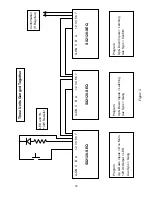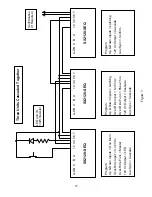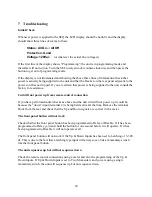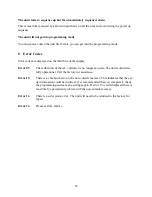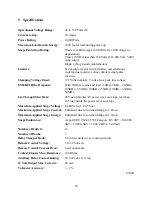
15
12V dc output can also provide confirmation to a central controller or be used to drive a small
relay (40mA maximum coil current). See section 3.2 for connection details and section 5.3 for
programming details.
The 12V dc output has a special use when SEQs are cascaded together – this is covered in the
section on cascaded systems.
6.1.3
Auxiliary Relay
The primary uses of the aux relay are to control other remote turn-on products or to provide
status feedback to a central controller to confirm that the unit has completed the requested
operation. Details of using the aux relay to control other products are covered in the specific
applications sections. The aux relay provides one normally-open pair of contacts at the rear
terminal block and can handle 1 amp at up to 30 volts dc. See section 3.2 for connection details
and section 5.4 for programming details.
The aux relay has a special use when SEQs are ganged or cascaded together – this is covered in
the sections on ganged and cascaded systems.
6.1.4
Over-Ride Function
The SEQ has an over-ride function that can be used for fire safety and other applications where
the power must be held on or forced off. The over-ride function is programmable so that it can be
set to either force the unit off or force it on. When a signal is applied to the over-ride input the
unit will be forced on or off regardless of the main inputs.
If the unit has been forced off by an over-ride, the Over-Ride Restore menu option determines
whether the unit will power up again or remain off.
There is a special delay which can be used only with an over-ride condition. This allows a faster
turn on (or turn off) than the main delays. It is not recommended to use the special delay with
expanded systems because the auxiliary bank may not turn on (or turn off) in the correct
sequence during an over-ride condition.
The over-ride input can be programmed to accept either a contact closure or applied dc voltage.
See section 3.2 for connection details and section 5.2 for programming details.
The over-ride input has a special use when SEQs are cascaded together – this is covered in the
section on cascaded systems. If an over-ride is required with a ganged system use the over-ride
input on the first SEQ. If an over-ride is required with a cascaded system use the over-ride input
on the last SEQ.


